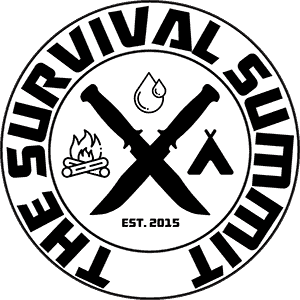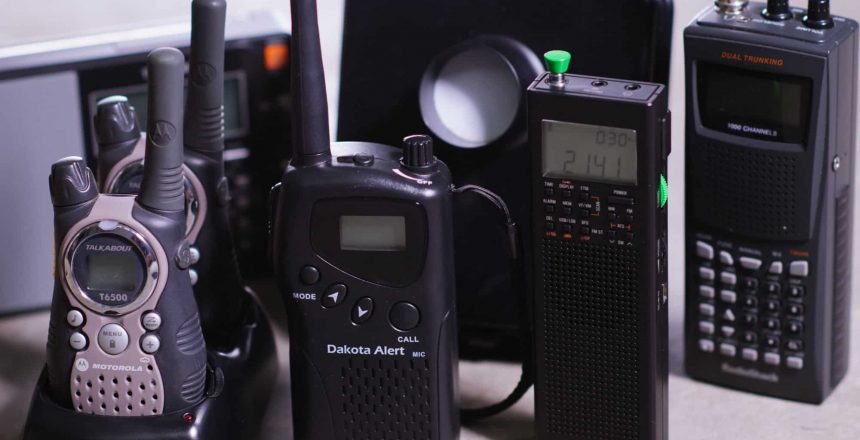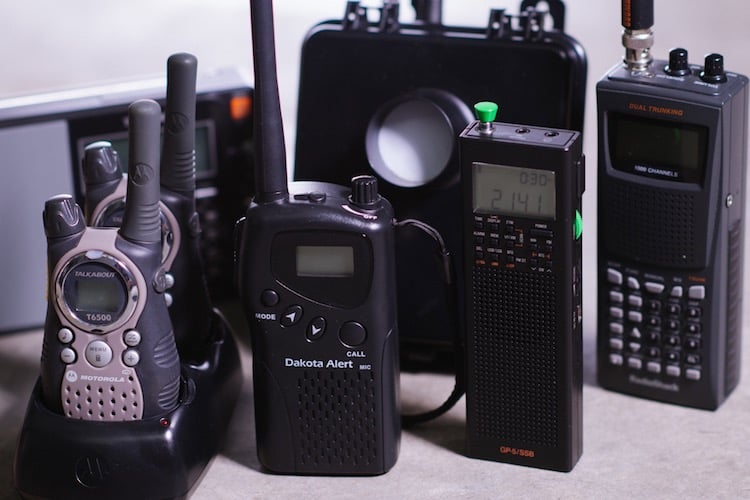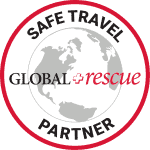Risk Assessment and Survival
Knowledge, combined with a plan of action, are keys to surviving an emergency situation. When disaster strikes, and you already know what to do, your chances of survival increase dramatically.
While no plan can cover absolutely everything, you should be ready to handle real situations. Assess the risks and know what you need to do to survive. Emergency services like medical and fire rescue train constantly. They have plans in place for everything from a small grass fire to a major plant explosion.
Regardless of the problem, the goal is more than survival. An effective and reasonable strategy increases you come out the other side in good shape.
Good risk assessment means:
- Identifying potential problems.
- Determining how likely those problems are.
- Having realistic plans to cope with those emergencies.
Your top concern has to be the safety and well being of your family and yourself. Run a risk assessment for your family. Ask yourself, “how will I react to make sure my family and I are as safe as possible?” Write those items down. Turn them into a plan and share the details with your family. They need to know. You cannot be there 24/7/365. If you are not around, they must be able to implement the plan in absence.
Below are three areas and a look at what can happen and how likely that is. These are examples. Apply these circumstances to more than just your home and family.
A SAFE HOME
You need a safe home. How prepared are you? Here are three common situations:
- Power out. This ranges from a neighborhood outage which is a small concern to a major storm that wipes out utilities for miles. How long can you go without power?
- Damage. This runs from a few small limbs down to the house gutted by a major tornado. Bad weather at least gives you some warning. Other home disasters do not. PRO TIP: If you live in a multi-story home, make sure you have a collapsible ladder that hooks on a window sill. Make doubly sure everyone on that second floor can open the window.
- Criminals. From package theft to breaking and entering, what is your plan for home security? How break-in-proof is your home? The same sturdy defenses against criminals also defend against weather. Cameras and home defense weapons are a priority.
OUTSIDE THE HOUSE
- Disaster and emergencies happen away from home too. Storms can stop you from getting home, even if the house is fine. Criminals attack people in the street. Anywhere you are, you must have a safety and security plan adapted for that location. It happened here.
- Vehicle. It may be hard to believe, but some people don’t know how to pump gas. Make sure everyone who drives can change a tire or battery and jump start a dead battery. What kind of emergency supplies, suited for the climate, are packed in each vehicle? Another example here.
- Self-defense. How do you and family members defend themselves away from the house?
FINANCIAL
When it comes to disaster, how much thought have you given financial planning? What happens to your family if you cannot provide for them? This ranges from you being incapacitated to dead to a complete shutdown of society. If things go boom, people are still going to do business.
Do you have:
- Savings?
- Cash on hand in a secure place?
- Disability insurance?
- Life insurance?
- Investments that can be converted into cash readily?
- Investments, like real estate and gold in your hands (not certificates), that have value regardless of the economy?
When you plan and prepare, you can survive. Update your plans as often as things change. That change can be a child becoming an adult and leaving home, or a hurricane brewing off the coast. Being adaptable is your greatest resource.
Here is a short rundown of what necessary items to have at all times:
- Emergency supplies
- Defensive weapons
- A home alarm system
- Fire extinguisher home and vehicle
- Evacuation plan and route
- Home smoke alarms
- Communication gear
- Bug out gear suitable for several days. One bag for each family member.
- Cash, several hundred for each person in the family, in small bills.
- A month’s worth of necessary medications for each family member.
Do you need more? Yes. Think about living in the woods for a week. What do you need to survive there? That’s what you’ll need to have as part of your emergency supplies and plan.
“Failing to plan is planning to fail,” said Alan Lakein.




